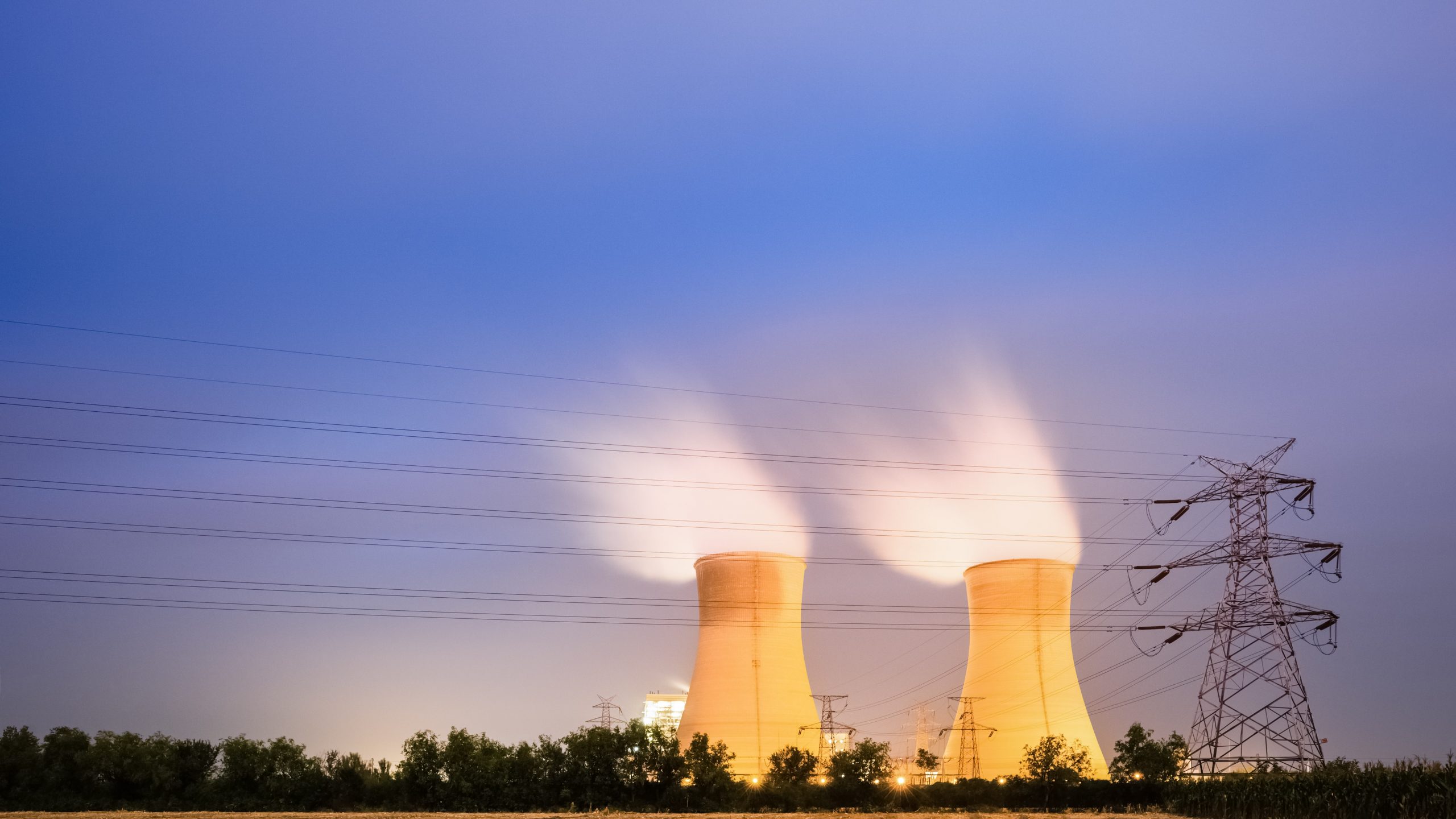Our world is growing at a fast pace. We sustain its rapid development rate by feeding it with energy.
According to the International Energy Agency, last year the global energy consumption doubled the average annual rate of the previous seven years.
This resulted in global carbon emissions growing to a record high in 2018.
Fossil fuels accounted for almost 70% of growth and coal was now the biggest single source of global warming.
The countries generating the biggest energy demand are the world’s top 3 largest economies: China, India and the US with 70% of the increase in total world energy demand.
On the upside, wind and solar saw double-digit growth last year but was not enough to meet the world’s needs.
Another negative factor is the slowdown of investment in clean energy which decreased by almost 10% last year.
Also, our pace to change to clean energy slowed down to the lowest rate for five years.
As you can see, today we are doing a bad job of controlling carbon emissions and limiting pollution.
We are harming our environment and our planet. We are jeopardizing our future essentially.
Turning carbon dioxide (CO2) from a polluter to a producer
All is not lost. New solutions are designed to make sure our future is brighter than our present.
The team at Deep Branch Biotechnology has found a new way to deal with carbon emissions.
Their solution helps companies who want to reduce their carbon footprint without impacting negatively on operational costs.
The solution is biological and takes the recycling process one step further.
What is the solution?
The solution designed by Deep Branch Technology is a biological process in which carbon dioxide is collected and converted into sustainable protein.
The conversion takes place by using the company’s proprietary gas fermentation process.
Benefits:
- It requires minimal labour and land, and no sunlight;
- It’s scalable due to its modular design;
- The product (single cell protein) is clean, nutritious and sustainable;
- It reduces the carbon footprint of emitters;
- It provides sustainable alternatives to soy and fishmeal for the feed industry;
- The process is fueled by renewable energy (wind-power);
- The product’s price doesn’t change because it isn’t affected by seasonal variability;
- The process can scale vertically and has low labour costs.
Join the Conversation
We’d love to hear what you have to say.
Get in touch with us on Facebook Group and Twitter.



















